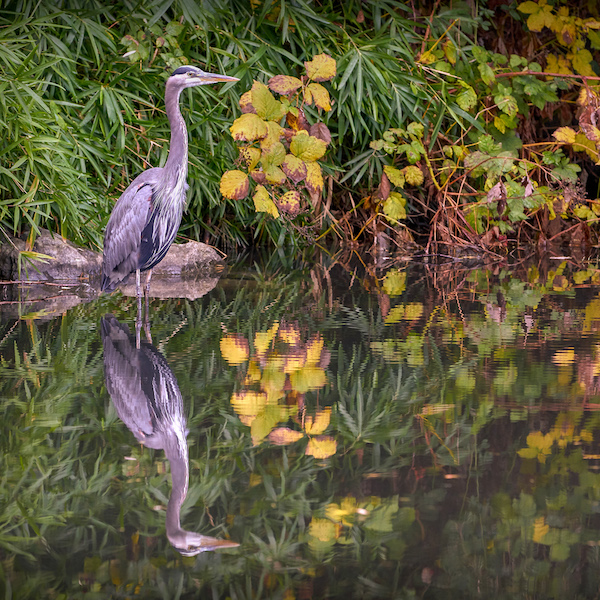Stable coastal communities because of salmon farming
Evidence of British Columbia’s success as a world leader in salmon farming is found all around, in the social fabric of coastal communities reborn thanks to the industry, says veterinarian and former salmon farmer Brad Hicks.
By Paula Arab
“We’re already into second-generation farmers in B.C. and lots of them,” says Hicks, a co-owner of Taplow Feed, an aquaculture food manufacturer in Chilliwack, B.C.
“For me, that spells the stability and social element that builds strong communities. Who is the largest employer in Campbell River? Who is the largest employer in Charlotte county? It’s the salmon farming industry,” he says.
“People can buy houses, they can have families and reliable incomes. It’s all good stuff.”
Hicks, who himself went back to school to become a veterinarian after co-owning a salmon farm, credits the industry for doing a world-class job in building a “very educated workforce. There are all sorts of educational opportunities on the island for training people for the industry,” he says, pointing to a spate of aquaculture degrees and diplomas offered at Vancouver Island University and North Island College.
Not only is education good for the industry, it’s good for individuals such as Hicks, who took advantage of those opportunities and stayed in B.C. to become a vet, help build the industry and speaks from his own experience.
“Before salmon farming, B.C.’s coastal population was basically transient. It was seasonal fishers or seasonal loggers. Now you have communities that are stable. It’s completely different here now.”
A strong economy, a well-trained workforce and stable coastal communities are all evidence of the best practices in salmon farming that are being developed in B.C.
Canada is also a world leader in disease management, disease reporting (which Hicks says is “probably the best in the world,”) and continuous improvement of management systems in salmon farming. B.C. farmers have also made improvements to fish feed and breeding programs.
Predators such as seals and sea lions were causing significant damage to salmon farms. B.C. farmers solved the problem by upgrading the netting material and changing the distance between nets, a best practice that was shared internationally.
“It may sound simple, but it solved the problem,” says Hicks, “That improvement gets spread around the world.”
Hicks compares aquaculture to agriculture, having come from a family with a long tradition of farmers from Ontario.
“Farms were in families for 300 years. It’s a natural evolution to farm the aquatic environment, just like it happened on land for very good reasons, because if all that was left on land was hunting, there would be very few people.
“Over half the world’s fish consumed now comes from farms. There’s no way the ocean could produce that. There’d be nothing left in the oceans,” said Hicks.
Originally published in The Globe and Mail.
Related Links:
A world’s first for Mowi Canada West salmon farms in B.C.
Freshwater Farms Hatchery-proud manager Laura Guzda is “an Island girl”

